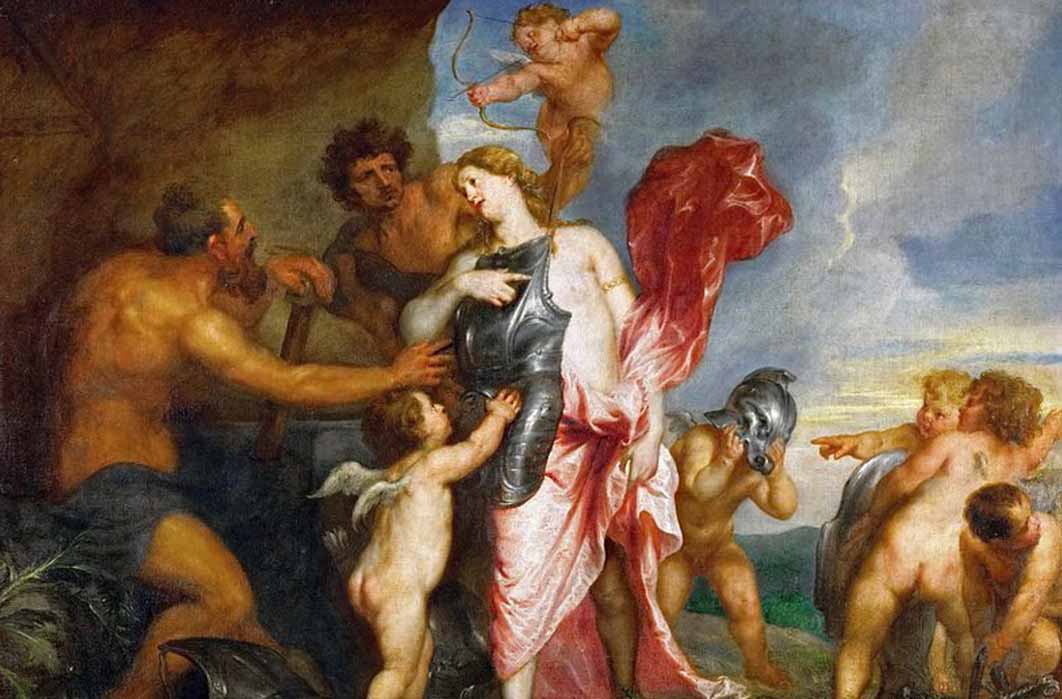Hephaestus, the Greek god of fire and craftsmanship, is a figure of great significance in Greek mythology. He is often associated with the realms of metalworking, craftsmanship, and fire – not the hearth fire, as represented by Hestia, but the fiery heart of the earth found within the forges and volcanoes. Interestingly, the English word “volcano” derives its name from Vulcan, the Roman counterpart of Hephaestus. Hephaestus is often depicted as a less-than-handsome god with a crippled foot, frequently portrayed in ancient sculptures as a bearded man wielding a hammer beside a roaring forge. His divine companion is a donkey.
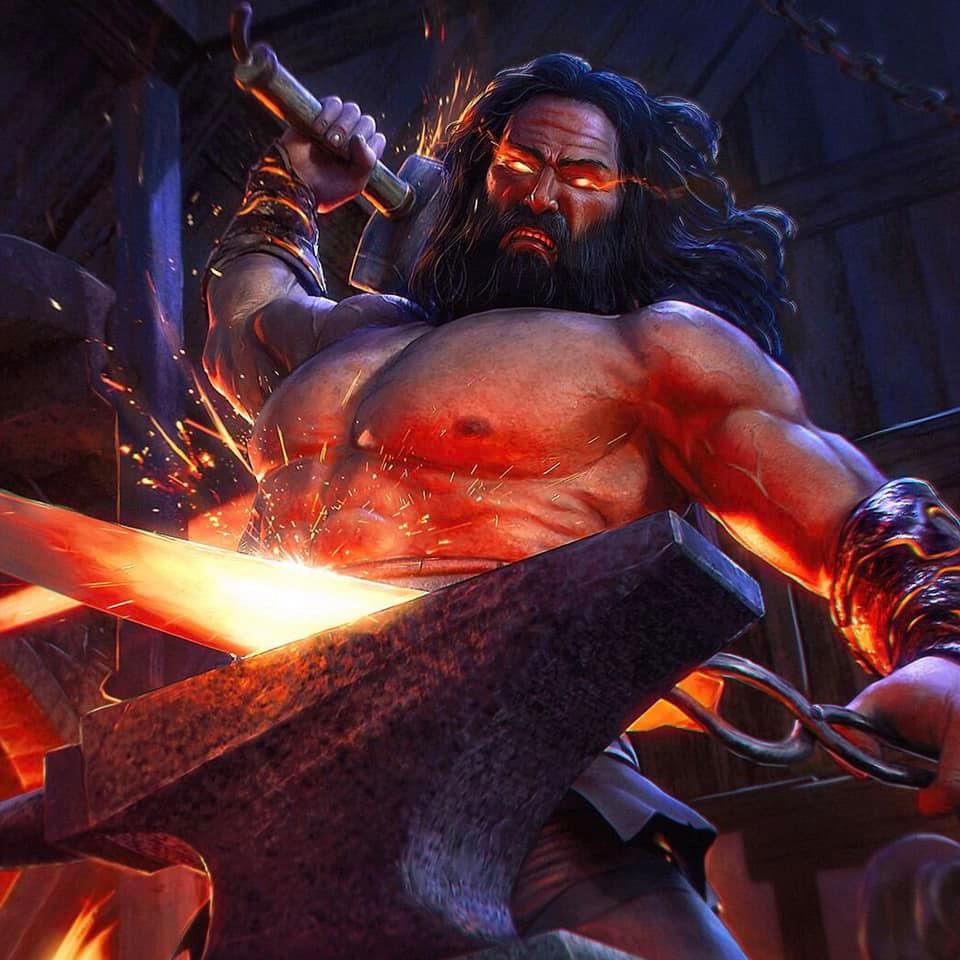
The Origin of Hephaestus has multiple variations in Greek mythology. The most common version of his birth story involves Hera’s jealousy upon discovering that Zeus, her husband, could produce Athena on his own without her. Determined to prove her own power, Hera attempted to bear a child without Zeus, resulting in the birth of Hephaestus. However, upon seeing her son’s unsightly appearance, she was so enraged that she flung him from the heights of Mount Olympus into the sea. The child was rescued and raised by two sea goddesses, Oceanid Eurynome and Nereid Thetis, an act of kindness that later led Hephaestus to create a magnificent suit of armor for Thetis’ son, Achilles.
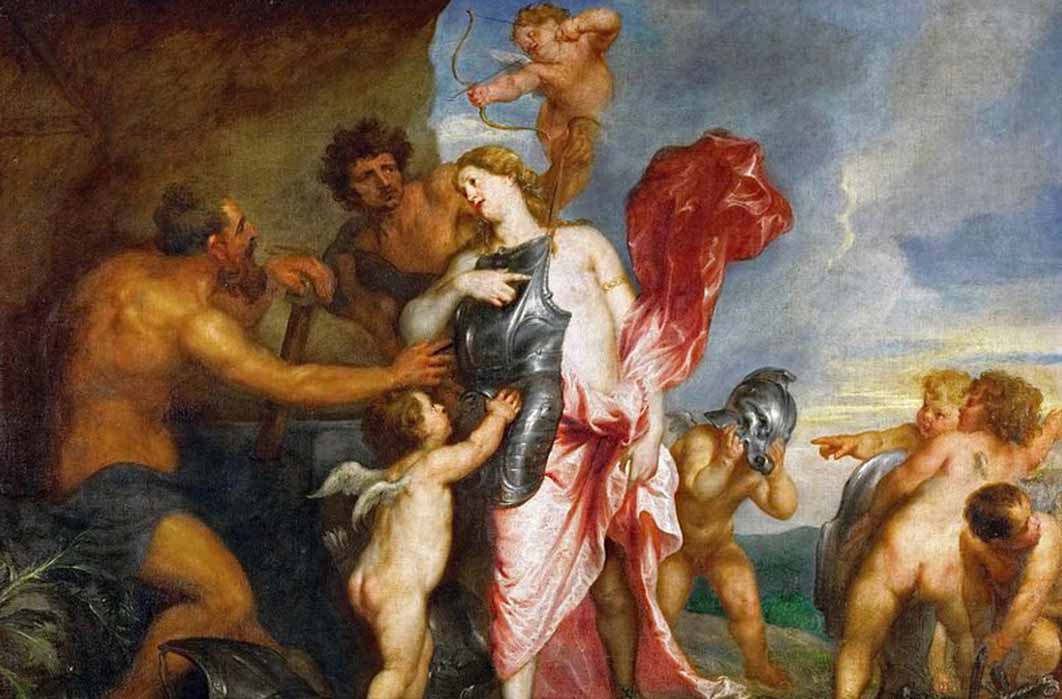
Growing up alongside the great River Oceanus, Hephaestus mastered the arts of forging and craftsmanship. He harbored deep resentment toward his mother, Hera, for her actions, which led him to craft a golden throne designed to entrap her. Once Hera sat on the throne, it immediately bound her tightly, and shackles sprung forth, keeping her captive. No god could persuade Hephaestus to release his mother. It was only through the intervention of Dionysus, who plied Hephaestus with wine, that Hera was finally set free and accepted Hephaestus as one of the twelve supreme deities of Mount Olympus.
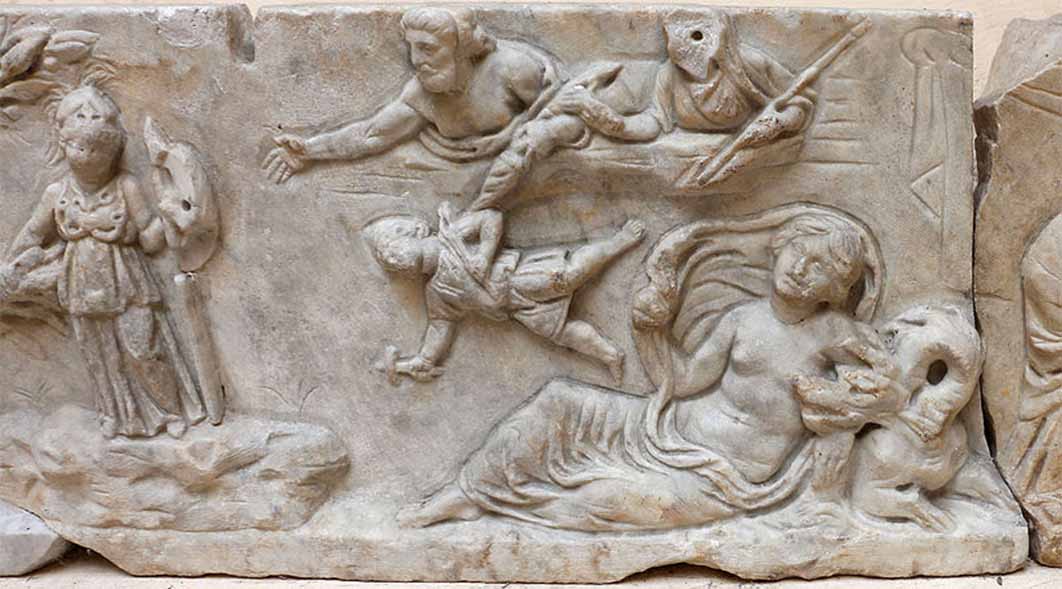
However, there are conflicting accounts in other versions of the myth that suggest Hephaestus is the one who assisted in Athena’s birth by splitting Zeus’s head with a hammer when Zeus suffered from a headache. The question of which came first, Athena or Hephaestus, remains a conundrum in Greek mythology.
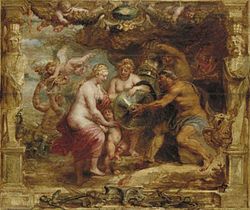
In yet another version, Hephaestus is born as a beautiful, graceful child, the son of Zeus and Hera, a testament to the complicated and multifaceted nature of Greek mythology. There is a tale in which Hera was punished by Zeus for her jealousy and was suspended in the sky by divine chains. Hephaestus attempted to free her, but Zeus intervened, throwing him from the heavens to the island of Lemnos. The fall left Hephaestus severely injured, rendering him lame and handicapped for the rest of his life.
In the realm of Greek mythology, the narratives are often fluid and contradictory, reflecting the complexity and boundless nature of the ancient tales. Whether Hephaestus or Athena came first, the stories remind us of the timeless and limitless world of mythology, where lines are blurred and time knows no bounds.

